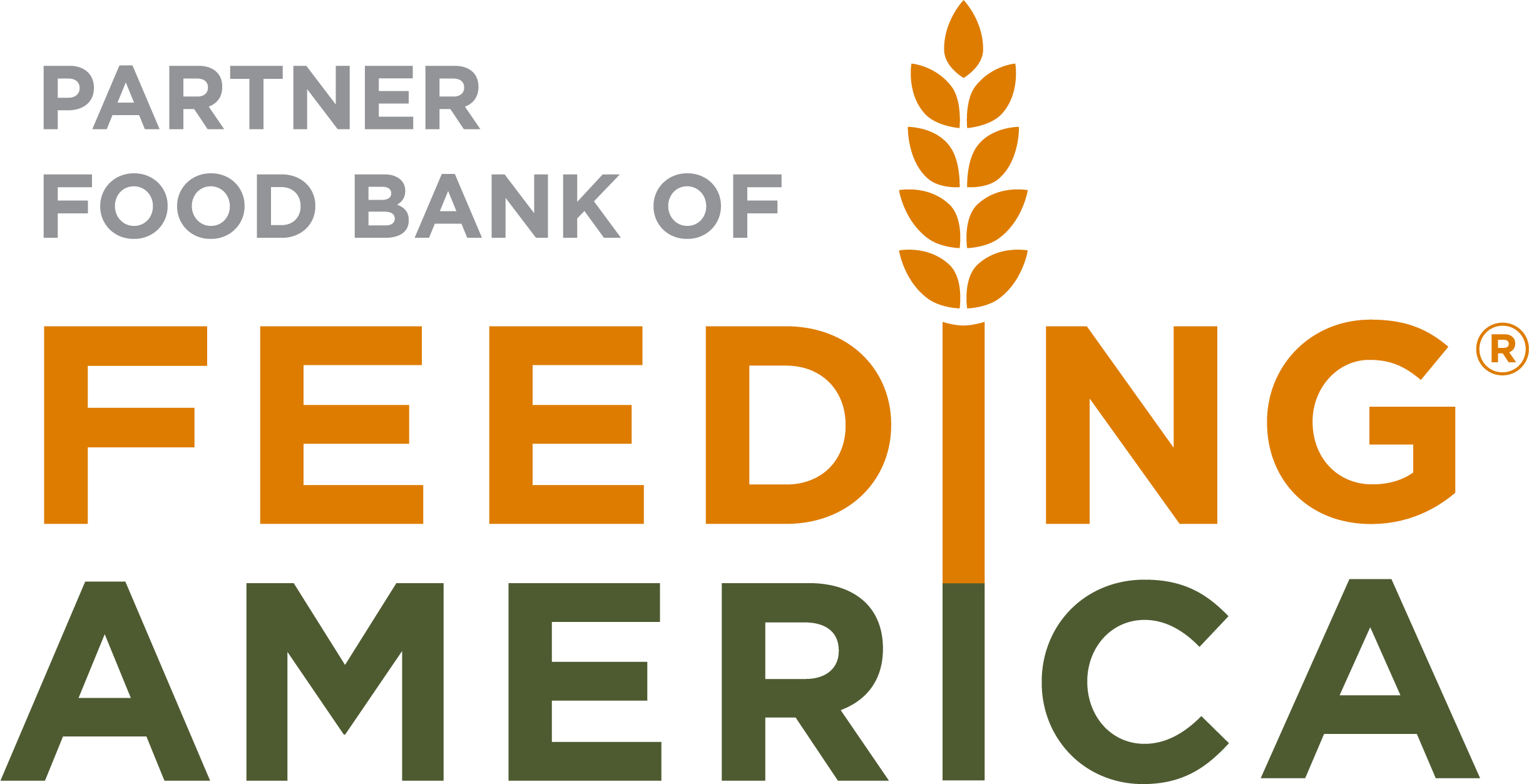On October 25, 2023, the U.S. Department of Agriculture (USDA) released a report through its Economic Research Service titled, “Household Food Security in the United States in 2022.” Key findings were staggering and sobering finding that 12.8% of American households face food insecurity. More specifically, 1 in 7 people—including 1 in 5 children—in the U.S. live in food insecure households. This is an increase of more than 30% and 40% respectively from the previous year AND the highest rate and number since 2014 and the largest one-year increase since 2008.
The report is a compilation of findings from an annual study conducted by the U.S. Department of Commerce, Bureau of the Census as a supplement to the monthly Current Population Survey. The study included almost 32,000 American households, which is a representative sample. The term representative sample is used in research to indicate enough households were studied to ethically apply the results of the group to the population as a whole.
National Findings
Here are more key findings:
- 44.2 million (13.5%) individuals lived in food-insecure households.
- 17.0 million (12.8%) households were food insecure.
- 6.8 million (5.1%) households had very low food security.
- 13.4 million (18.5%) children lived in food-insecure households.
- 3.9 million (9.1%) households with seniors (age 65 and older) were food insecure.
- 1.9 million (11.4%) households with seniors (age 65 and older) living alone were food insecure.
Here is a link to a national report that features key findings and graphs.
Colorado Findings
When the results are broken down by state, the below shows the prevalence of food insecurity in the State of Colorado. Rates of food insecurity are lower in Colorado than they are nationwide, but we still need to be concerned. One in 5 Colorado households (21%) consider hunger a top concern in their life.
| Estimated Total # of Households | # of households studied | % of households experiencing food insecurity at any level (2022) | % of households experiencing food insecurity at any level (2021) | % of households experiencing VERY LOW food insecurity (2022) | % of households experiencing VERY LOW food insecurity (2021) | |
| Colorado | 2,401,000 | 1,517 | 8.9% | 9.6% | 3.4% | 7.5% |
| United States | 131,744,000 | 96,426 | 12.8% | 10.2% | 5.1% | 3.8% |
Low vs. Very Low Food Insecurity
The term “food insecure” includes two measured groups: those with LOW food security and those with VERY LOW food security. Food insecurity is defined as households that were uncertain of having or unable to acquire enough food to meet the needs of all their members because they had insufficient money or other resources for food.
Households with LOW food security are defined as those who felt uncertain about getting food but overall were able to obtain enough food to avoid substantially disrupting their eating patterns and/or didn’t have to reduce their food intake.
Households with VERY LOW food security are defined as those who felt uncertain about getting food to the point their normal eating patterns were disrupted and food intake needed to be reduced because they had insufficient money or other resources for food.
Larimer County Data
According to Map the Meal Gap, who compiled rates of food insecurity using data from Feeding America, in 2021, there were 32,050 people experiencing food insecurity; which is 9% of the County’s population. This is a lower rate than both the state and the nation as well as the previous year (2020) in Larimer County, which was measured at 9.4%.
FBLC Response
Since 1984, the Food Bank for Larimer County has worked to end food insecurity in Larimer County through outreach, education, and food distribution. During the fiscal year end 2023, we provided over 8 million meals to just over 40,000 individuals in need.
FBLC Impact at a Glance
| 2021 | 2022 | 2023 | |
| Meals Provided | 8,010,136 | 7,972,136 | 8,243,081 |
| People Served | 23,782 | 29,559 | 40,009 |
| Pounds of Food Rescue | 6,379,947 | 7,759,777 | 7,882,682 |








